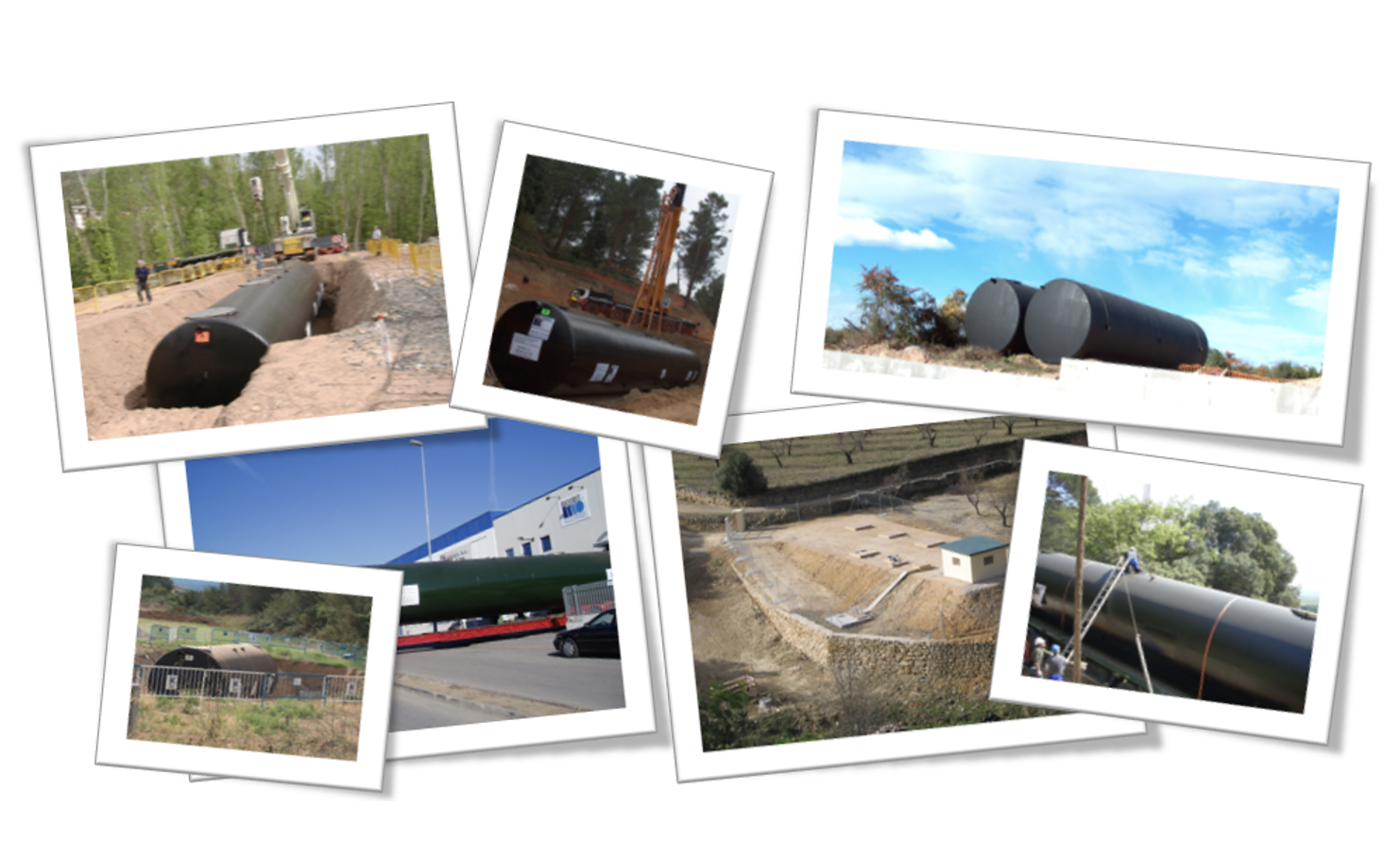Sewage Treatment Plant SBR (Sequential Batch Reactor)
The Sequential Batch Reactor (SBR) is a wastewater treatment system that operates in batches or cycles rather than a continuous flow. It is widely used for removing organic matter, nitrogen, and phosphorus in both municipal and industrial wastewater treatment.

How Does an SBR Work?
The SBR process occurs in sequential phases within a single tank. Each cycle typically lasts 4 to 8 hours and consists of the following stages:
- Filling (Fill):
- Wastewater is introduced into the reactor.
- Mixing or aeration may occur to initiate biological reactions.
- Reaction / Aeration (React):
- The reactor is aerated to promote biological degradation of organic matter and nitrification (conversion of ammonium to nitrate).
- If denitrification is needed, aeration cycles are alternated with anoxic conditions.
- Settling (Settle):
- Aeration is stopped to allow solids (biomass) to settle at the bottom.
- Clear treated water remains on top.
- Decanting (Decant):
- The treated effluent is discharged from the upper part of the reactor.
- Idle (Idle – Optional):
- A waiting period before the next cycle starts.
- Excess sludge may be removed.
Advantages of SBR
✅ Flexible operation (adjustable cycle times).
✅ High treatment efficiency (removes BOD, nitrogen, phosphorus).
✅ Requires less space (single-tank design).
✅ Cost-effective for small to medium-sized plants.
Contact
If you need information or have any questions, We will be happy to assist youContact with us for more information



